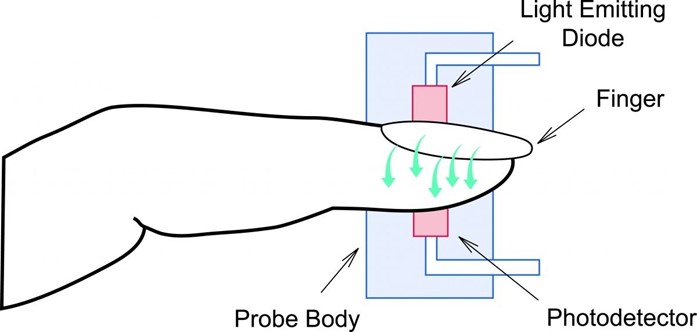A nurse is caring for a client who has preeclampsia and is receiving magnesium sulfate. Which of the following clinical findings should the nurse instruct the client to report?
Increased respiratory rate
Increased fetal movement
Increased urinary output
Increased muscle weakness
The Correct Answer is D
When caring for a client with preeclampsia receiving magnesium sulfate, the nurse should instruct the client to report any increased muscle weakness. Magnesium sulfate is a medication commonly used to prevent and treat seizures in clients with preeclampsia. However, one of the side effects of magnesium sulfate is muscle weakness. If the client experiences an increase in muscle weakness, it could indicate magnesium toxicity, which requires immediate medical attention.
Option a) Increased respiratory rate is not typically associated with magnesium sulfate administration. However, respiratory depression is a potential side effect, so a decreased respiratory rate should be reported.
Option b) Increased fetal movement is generally considered a positive sign of fetal well-being and is not a concern that needs to be reported.
Option c) Increased urinary output is not typically a concerning finding. In fact, maintaining adequate urine output is desired in clients with preeclampsia to ensure proper kidney function. However, a sudden decrease in urinary output or signs of dehydration should be reported.
Nursing Test Bank
Naxlex Comprehensive Predictor Exams
Related Questions
Correct Answer is C
Explanation
A. Platelets 170,000/mm³ is a normal platelet count in pregnancy. The normal range for platelets in pregnancy is 150,000 to 450,000/mm³⁷⁸.
B. This HbA1c level indicates good control of blood glucose levels over the past 2-3 months. For a pregnant woman with type 1 diabetes, a target HbA1c of less than 6-7% is often recommended to reduce the risk of complications.
C. This blood urea nitrogen (BUN) level is elevated. Normal BUN levels typically range from 7 to 20 mg/dL. Elevated BUN may indicate renal impairment, which can be a concern for a pregnant woman with type 1 diabetes, as it could suggest developing diabetic nephropathy or other kidney-related issues.
D. Hct 34% is a normal hematocrit level in pregnancy. The normal range for hematocrit in pregnancy is 30% to 36%.
Correct Answer is A
Explanation
This is because a low pulse oximetry reading can indicate that the newborn is hypoxic and needs suctioning of the nasopharynx to clear any secretions that may be obstructing the airway²⁴. Hypoxia can cause bradycardia, acidosis, and brain injury in newborns, and should be corrected as soon as possible². The normal range of pulse oximetry for a newborn is 95% to 100%².
The other options are not correct because:
b) The newborn's respiratory rate is irregular
This is not a sign that suctioning is needed, as it is a normal finding in newborns. Newborns have periodic breathing patterns, which involve alternating periods of rapid and slow breathing, with occasional pauses of up to 10 seconds². This does not indicate respiratory distress or hypoxia, and does not require intervention unless the pauses are longer than 10 seconds or associated with cyanosis or bradycardia².
c) The newborn is beginning to cough
This is not a sign that suctioning is needed, as it is a normal reflex that helps the newborn clear the airway of secretions. Coughing can also stimulate breathing and prevent apnea in newborns². Coughing does not indicate respiratory distress or hypoxia, and does not require intervention unless it is persistent or associated with other signs of respiratory compromise².
d) The newborn's respiratory rate is 32/min
This is not a sign that suctioning is needed, as it is within the normal range for a newborn. The normal respiratory rate for a newborn is 30 to 60 breaths per minute². A respiratory rate that is too high or too low can indicate respiratory distress or hypoxia, and may require suctioning or other interventions².

Whether you are a student looking to ace your exams or a practicing nurse seeking to enhance your expertise , our nursing education contents will empower you with the confidence and competence to make a difference in the lives of patients and become a respected leader in the healthcare field.
Visit Naxlex, invest in your future and unlock endless possibilities with our unparalleled nursing education contents today
Report Wrong Answer on the Current Question
Do you disagree with the answer? If yes, what is your expected answer? Explain.
Kindly be descriptive with the issue you are facing.
